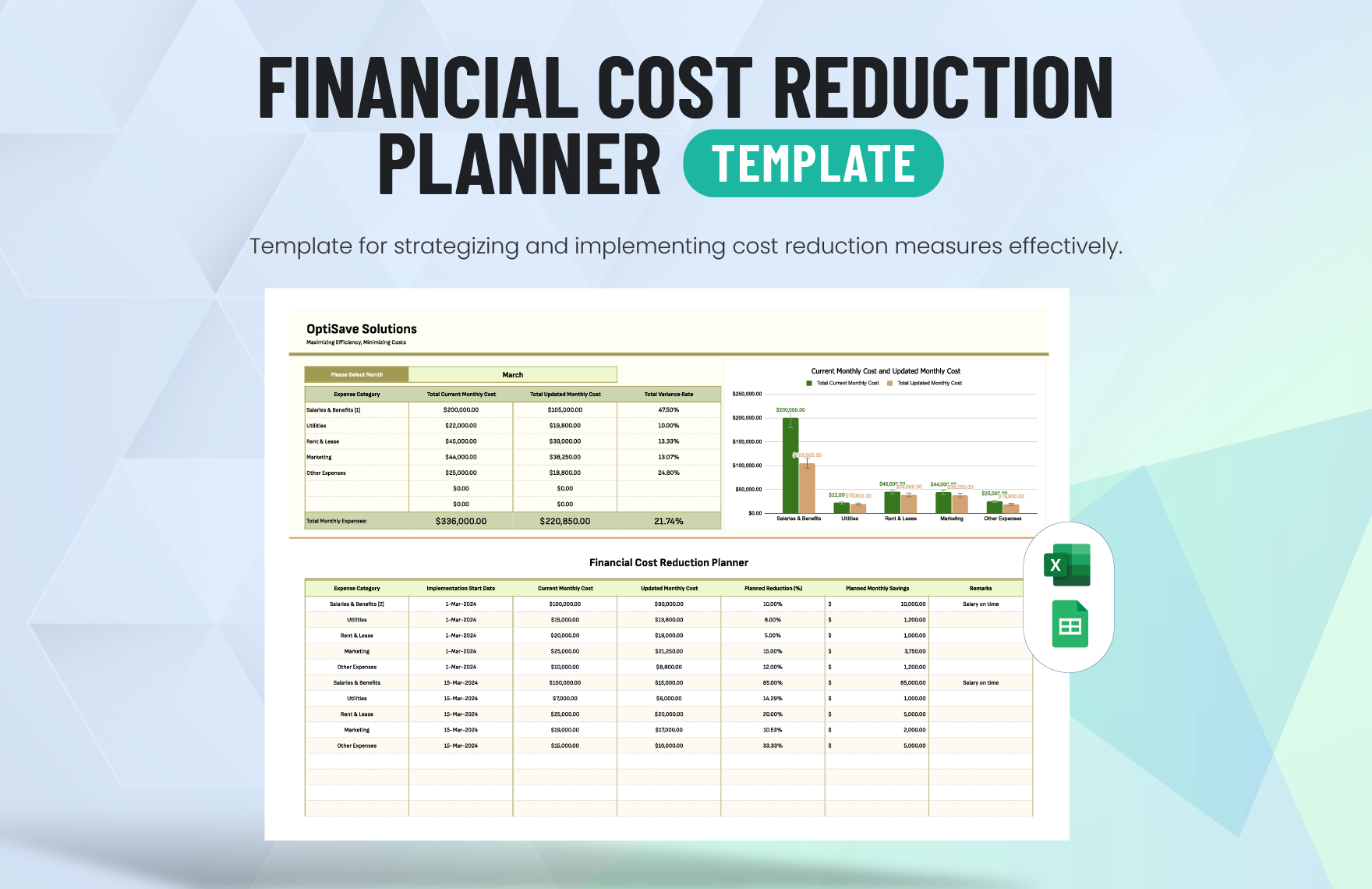
Investment Planning for High Schoolers: Building a Foundation for Financial Success
The world of finance can seem complex and intimidating, especially when you’re still in high school. But the truth is, there’s no better time to start learning about investment planning than right now. Building a strong financial foundation early on can set you up for a lifetime of success, giving you the freedom to pursue your passions and achieve your goals.
Why Start Investing Early?
The most compelling reason to begin investing in your teens is the power of compounding. Compounding is the process where the earnings from your investments generate their own earnings, creating a snowball effect over time. The earlier you start, the more time your money has to grow.
Consider this simple example:
- Person A starts investing $100 per month at age 18 and continues for 10 years.
- Person B starts investing $200 per month at age 28 and continues for 32 years.
Even though Person B invests twice as much per month and invests for a longer period, Person A could potentially end up with more money due to the early start and the compounding effect.
Beyond compounding, investing early offers several other advantages:
- Learning Opportunity: Starting with small amounts allows you to learn about investing without risking significant capital. You can make mistakes, learn from them, and refine your strategies.
- Financial Literacy: Investing enhances your understanding of financial markets, economic principles, and personal finance management.
- Long-Term Goals: Investing can help you achieve long-term goals like college tuition, a down payment on a house, or early retirement.
- Financial Independence: Building wealth through investing can give you greater financial independence and security in the future.
Understanding the Basics of Investment
Before diving into specific investment options, it’s essential to grasp the fundamental concepts:
- Risk and Return: Generally, higher potential returns come with higher risks. Understanding your risk tolerance is crucial. Are you comfortable with the possibility of losing some of your investment in exchange for the potential of higher gains? Or do you prefer lower-risk investments with more modest returns?
- Diversification: Don’t put all your eggs in one basket. Diversifying your investments across different asset classes (stocks, bonds, real estate, etc.) can reduce your overall risk.
- Asset Allocation: This refers to how you divide your investment portfolio among different asset classes. Your asset allocation should be based on your risk tolerance, time horizon, and financial goals.
- Time Horizon: This is the length of time you plan to keep your money invested. A longer time horizon allows you to take on more risk because you have more time to recover from potential losses.
- Inflation: Inflation erodes the purchasing power of your money over time. Investing can help you stay ahead of inflation and maintain your wealth.
Investment Options for High Schoolers
While your options may be limited compared to adults, there are several ways high schoolers can start investing:
-
Savings Accounts and Certificates of Deposit (CDs):
- Pros: Low-risk, insured by the FDIC, and easy to understand.
- Cons: Low returns, often not enough to outpace inflation.
- Best For: Short-term savings goals or emergency funds.
-
Custodial Accounts (UGMA/UTMA):
- Pros: Allow minors to own investments with adult supervision.
- Cons: Assets become the child’s property at a certain age (usually 18 or 21), which may not align with their financial maturity.
- Best For: Investing for long-term goals like college.
-
Stocks:
- Pros: Potential for high returns, ownership in a company.
- Cons: Higher risk, can be volatile, requires research.
- Best For: Long-term investing with a diversified portfolio.
- How to Start: With a custodial account, you can invest in individual stocks or exchange-traded funds (ETFs).
-
Exchange-Traded Funds (ETFs):
- Pros: Diversification, lower fees than mutual funds, easy to trade.
- Cons: Can still be volatile, requires understanding of underlying assets.
- Best For: Diversifying your portfolio with a single investment.
- How to Start: With a custodial account, you can invest in a wide range of ETFs that track different market indexes or sectors.
-
Bonds:
- Pros: Lower risk than stocks, provide income.
- Cons: Lower returns than stocks, can be affected by interest rate changes.
- Best For: Balancing risk in a diversified portfolio.
- How to Start: You can invest in bonds through bond ETFs or mutual funds.
-
Micro-Investing Apps:
- Pros: Low minimums, easy to use, automated investing options.
- Cons: Limited investment choices, fees can add up.
- Best For: Beginners who want to start investing with small amounts.
- Examples: Acorns, Stash, Robinhood (exercise caution with complex options trading).
Tips for High School Investors
- Start Small: You don’t need a lot of money to begin. Even a few dollars a week can make a difference over time.
- Do Your Research: Understand the investments you’re considering. Don’t invest in something you don’t understand.
- Invest for the Long Term: Don’t try to time the market or get rich quick. Focus on long-term growth.
- Reinvest Dividends: If your investments pay dividends, reinvest them to buy more shares. This can accelerate your compounding returns.
- Stay Informed: Keep up with financial news and market trends.
- Seek Advice: Talk to a trusted adult, such as a parent, guardian, or financial advisor.
- Be Patient: Investing takes time. Don’t get discouraged if you don’t see results immediately.
- Avoid Debt: Focus on paying off any high-interest debt before investing.
- Learn from Mistakes: Everyone makes mistakes when investing. The key is to learn from them and adjust your strategy accordingly.
- Stay Consistent: Make investing a regular habit. Even small, consistent investments can add up over time.
Getting Started
- Open a Custodial Account: If you’re under 18, you’ll need a custodial account to invest in stocks, ETFs, or bonds.
- Set a Budget: Determine how much you can afford to invest each month.
- Choose Your Investments: Based on your risk tolerance and financial goals, select the investments that are right for you.
- Automate Your Investments: Set up automatic transfers from your bank account to your investment account to make investing a habit.
- Monitor Your Portfolio: Regularly review your portfolio to make sure it’s still aligned with your goals.
- Rebalance Your Portfolio: Periodically rebalance your portfolio to maintain your desired asset allocation.
The Importance of Financial Education
Investing is just one part of financial planning. It’s also important to learn about budgeting, saving, credit management, and debt management. The more you know about personal finance, the better equipped you’ll be to make informed decisions and achieve your financial goals.
Conclusion
Investment planning for high schoolers is a valuable skill that can pay dividends throughout your life. By starting early, understanding the basics, and making smart investment choices, you can build a strong financial foundation and set yourself up for a future of financial success. Remember, it’s not about getting rich quick; it’s about building wealth over time through consistent investing and smart financial decisions.


